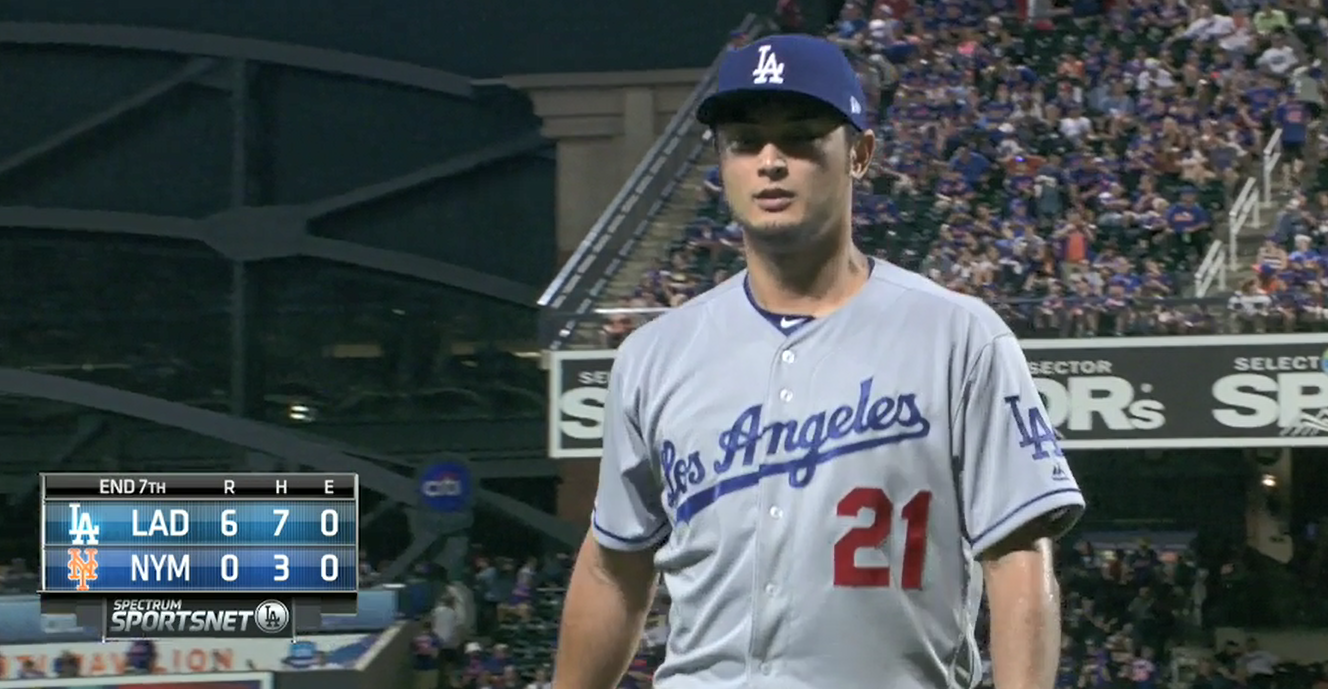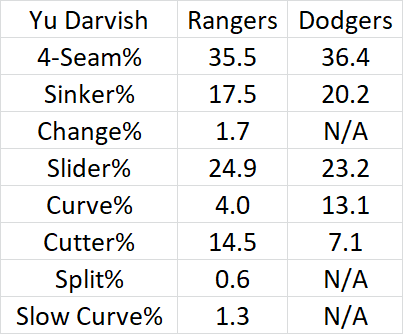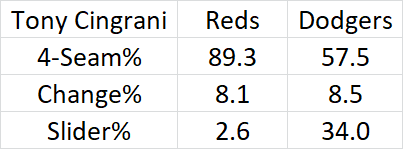The Dodgers front office has always made sure to keep their players as informed as possible and also make themselves available to players looking for answers, as Justin Turner and Ross Stripling testified to in a recent behind-the-scenes look at how things operate by Bob Nightengale of USA Today (I know, but it’s actually good).
“I remember I was struggling so badly last year,’’ Turner says, “that I was on the trainer’s table when Andrew came in. I just said, ‘Hey dude, uncle. I’m out of answers. What you got for me?’ “He basically said, ‘Well, looking at it from a numbers standpoint, I don’t know if this is going to help you, but if you do this, you’ll become a better player. It just seems like you’re not pulling the ball in the air like you were the last couple of years.’ “Well, things resonated after that from conversation, and things have gotten a lot better for me.’’
Such interactions are no different than the conversations Friedman and Zaidi have had with each member of the pitching staff. Every 40 games or so, they’ll sit down with the pitchers and break down their strengths and weaknesses, making sure they understand what’s working and isn’t. “I went through a tough stretch in Cincinnati and Cleveland,’’ reliever Ross Stripling said of a two-game stretch where he gave up seven earned runs while retiring just 11 batters, “and they kind of sat me down. Andrew wasn’t even looking at anything, but he was just spitting out stuff he knew about me. “He had these stats in his mind, like, ‘Look, you get ahead with your curveball X amount of times against righties, but only X amount of times against lefties. Maybe we should throw more cutters against lefties early.’ “I’m like, ‘Man, how do you know all of that about me? I don’t even know that about myself.’ ’’
As such, I was looking forward to seeing how the deadline acquisitions of Yu Darvish, Tony Watson, and Tony Cingrani might see their pitch usage change as Dodgers. Thanks to Andy McCullough of the Los Angeles Times, we already know the front office has been in their ear with suggestions.
In the afternoon before his first start as a Dodger, a 6-0 dismantling of the New York Mets, Yu Darvish received an indoctrination in the methodology of baseball’s best team. At the team hotel in Manhattan, Darvish met with general manager Farhan Zaidi, who advised him on how to attack that night’s hitters. Zaidi opened a laptop and revealed how Darvish could optimize his arsenal, altering the locations and pitch sequences he utilized during five seasons with Texas. “I was like, ‘Is that really going to work?’” Darvish said through his interpreter, Hideaki Sato. “But it worked. I really put the trust in him.”
So far, in the just over two weeks they’ve been members of the Dodgers, there’s definitely been a noticeable shift in what parts of their arsenal they’ve used.
To get the obvious out of the way, yes it’s a tiny sample size. However, some of the pitch usage change has been so drastic it’s hard not to see it as a purposeful strategy rather than variance.
For Darvish, many of the changes could be chalked up to his Dodgers career being just 12 innings, but the frequency of the curve usage and the reduction of the cutter usage compared to before hardly seem like a coincidences. Increased four-seam/sinker usage and the paring down of his arsenal from eight to five pitches are the other things to watch going forward.
Watson’s acquisition was interesting in that I was looking forward to seeing what changes the Dodgers might make in an attempt to get him back to prior form. Well the answer appears to be using the sinker more to get ground balls, paired with reducing four-seam usage a lot and amping up the slider usage. We’ll see if that choice actually ends up helping his home-run prevention or not, which has been an issue.
The change for Cingrani is arguably the most drastic, as the Dodgers are definitely trying to change the way he pitches. He used to basically use his fastball exclusively, which seemed to have caught up with him (since like 2014). Now, he’s using his slider a ton more in order to truly keep hitters honest. Whether this change can reverse three and a half years of mediocrity is the question.
——
While it’s still far too early to make any judgments on whether these changes work or not (or even stick), it’s definitely something to monitor going forward and watching carefully is something anybody can participate in. The changes could prove important as the Dodgers have altered the way their deadline acquisitions have attacked hitters on the mound, and if those adjustments bear fruit it would only make this team all the more potent in October.
 Dodgers Digest Los Angeles Dodgers Baseball Blog
Dodgers Digest Los Angeles Dodgers Baseball Blog



